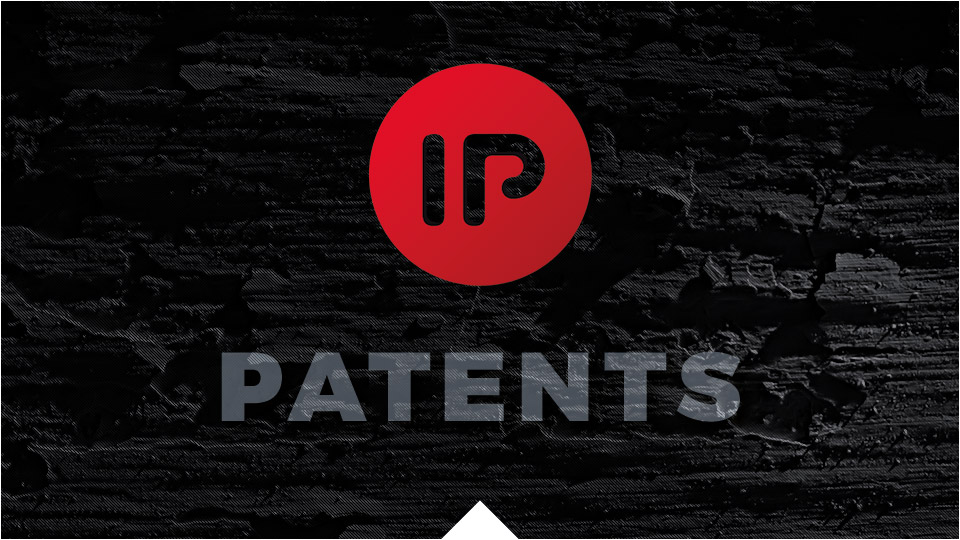This article is the transcription of a presentation by Manuel ROCHE, Industrial property attorney and President of the International Relations Committee of the CNCPI (the French Patent and Trademark Attorneys Institute), during the international symposium “Paris, European hub for business, digital, IP and tech law” which took place the 11th of October 2018, at the Tribunal de grande instance de Paris (Paris First instance Court of Paris), organized by the CNCPI, with Paris Bar Association, France Brevets and Unifab.
I. IPRs are essentially growth boosters for companies
Whether they cover inventions (patents), distinctive signs (trademarks) or aesthetic features (designs), industrial property titles are legally-organized monopolies.
One must not forget copyright protecting original creations of the mind.
Because they are monopolies, industrial and intellectual property rights (IPRs) are mainly perceived as prohibition rights, rights enabling their owners to prohibit others from using their inventions, trademarks, copyright, etc. And this is precisely how the French Intellectual Property Code defines IPRs.
As such, IPRs need to be understood as exceptions to the freedom of trade and commerce so it may be hard to see them as growth boosters.
But they are!
Incentives to invent and contribution to the scientific progress
Patents can be interpreted as rewards for inventing new products, new processes. The exclusivity of exploitation given to patentees is the reward for their investments, for their researches and developments.
The protection of IPRs is an incentive for companies to innovate and invent.
But monopoly is also the necessary compensation to ensure that inventors contribute to the progress of science by accepting to disclose their inventions, which will be published and ultimately become part of the public domain.
The added-value of IPRs
Obtaining IPRs is not an end in itself.
A company does not innovate for the sole purpose of filing a patent application. A company invents new processes or new products to be more effective than its competitors, to remain ahead of its competitors, to gain market shares.
A company does not create a new distinctive sign just to be able to file a new trademark application. A trademark conveys a company’s image. A trademark passes on a company’s values. Trademarks are central for the communication and commercialization strategies of a company.
IPRs make a company exist and make it become and remain competitive.
IPRs serve internal growth
IPRs are powerful levers of growth for companies, especially for young companies. IPRs are among the assets that are the most discussed and audited within the context of a fundraising operation or an equity participation operation.
In case of a fundraising for instance, due diligence operations will definitely focus on the technology used by the company (Does the company own the technology? Is the technology new? Is the technology protected by patents? If yes, what patents and in which countries?). Potential investors will also look at the main trademark, which is the sign the public knows the company by and which is necessary for acquiring future clients (Is the trademark distinctive? Was the trademark properly filed and registered? Where was it filed and registered?).
It is undisputable that a company owning IPRs will be taken more seriously and will be valued more than a company that does not.
IPRs reassure investors and comfort them in their decisions because IPRs substantiate and secure what makes a company’s DNA: its internal dynamism and capacity to innovate (patents) and its external dynamism and capacity to communicate and sell (trademarks).
IPRs are external growth boosters
IPRs are assets that may be sold, transferred, rented, traded, shared, etc.
Licensing of IPRs is one of the most relevant solution for a company to grow externally. From the point of view of the conceding or granting party, a company that does not own IPRs or that does not own strong IPRs must permanently innovate to remain competitive. Not only does it need to innovate, but it also needs to be able to manufacture or produce enough goods or services, at a reasonable cost, to reply to the market demand. If not, it will lose customers. On the contrary, a company owning IPRs may license them to third parties. It enables to increase manufacturing or production volumes and to increase market shares without the need for significant investments since the increase of production is delegated to licensees. From the point of view of the licensee, IPRs enable to access innovations or inventions and this way to enter new markets (patents) or IPRs enable to reach an already existing customer base without significant marketing investments (trademarks).
II. Promoting economic growth by promoting IPRs
It is part of the role of the French government to create a legal environment that promotes IPRs.
Tax and economic incentives
France has lots of economic measures promoting innovation, research and development, or supporting companies.
Among tax incentives, there are the Tax credit for research (TCR), the Tax credit for innovation (TCI) or the fiscal status of Innovating young company (which provides for an exemption from taxes).
There are lots of financial support systems, specifically designed for helping and supporting innovating companies. Most of these systems are coordinated by Bpifrance, the French Public Investment Bank, but many French administrative regions do support innovating companies as well.
Another example is that French parliament is currently debating to organize a 10-billion-euros fund for breakthrough innovations in order to finance high-intensity technological projects with high stakes for national sovereignty such as artificial intelligence (AI).
France has also a large network of Technology Transfer Accelerator Offices.
Legal incentives
Enhancing and strengthening IPRs (quality and legal value of IPRs) must be a constant objective for law makers.
Currently discussed before the parliament in France, is the transposition of the EU Directive 2015/2436 of 2015 to approximate the laws of the Member States relating to trade marks. This is a step forward for economic operators for several reasons, among which the possibility for users to file new types of trademarks (such as sound, motion or hologram marks), and the new administrative procedures for revocation or declaration of invalidity (faster and very likely cheaper out-of-the-Courts proceedings).
The bill also provides for an opposition procedure for French patents, aiming at enhancing the quality of patents delivered by the French PTO, especially by allowing a discussion about the inventive step. Some propositions, promoted by the CNCPI (the French Patent and Trademark Attorneys Institute), even argue in favour of an examination of the inventive step by the French PTO (and not only novelty).
Speaking about patents, one must not forget the much-awaited Unitary Patent.
The future law should also help increase the collaboration between public research and private companies, which is the source of many start-ups and seen as an essential component for the competitiveness of French companies.
Judicial resources
French judicial organisations keep on modernizing, especially in Paris. Let’s just name:
- The new Tribunal de grande instance de Paris (First Instance Court of Paris);
- The continuing specialisation of magistrates and justices in the IP field;
- The new International Commercial Courts of Paris (ICCP) which deal with disputes relating to international commercial contracts (English may be used in the debates);
- And of course, the Unitary Patent Court (UPC) with its central division in Paris.
III. Assisting clients in building a growth strategy thanks to IPRs
Advising
The job and the missions of Patent and/or Trademark Attorneys significantly changed in the last few years. We are no longer required only to file IP applications. Companies are much more demanding and want more advice on why to file IP applications and more advice on how to monetize their IP and their IPRs.
Patent and/or Trademark Attorneys is to convince companies that IPRs represent a source for growth and development, and to implement the best strategy for increasing the value of their IPRs. The job is not only to file and prosecute IP applications but to assist companies in exploiting and monetizing their IPRs.
Building a strategy (a few examples)
Like I said earlier, IPRs enable their owners to prohibit others from using their inventions, trademarks, copyright, etc. On the one hand, such a capacity to prohibit others from using their IP is a powerful way of development. For instance, by protecting inventions with patents, a company prevents competitors from using the same solutions and might even prevent competitors to enter the same markets (at least for some time).
On the other hand, it forces competitors to develop their own solutions, to innovate as well, which is another source for development.
The search for industrial development or technological development is a powerful incentive to get closer to other companies, to share knowledge and resources, to share research efforts and investments. It leads to joint-ventures or what we call collaborative innovation.
Raising awareness about IP and IPRs within a company may also be the source of human development. When a company involves each of its members in the IP protection strategy, it leads to better exchanges between people, horizontal exchanges between the teams (R&D, design, communication, marketing, legal) and vertical exchanges with the managing teams (strategy, planning, legal again, decision-making). It adds value to the work and contribution of everyone. In this sense, the collaborative management of IP is a source for emulation.
What companies must not forget
Except in very specific situations, it is very hard to measure or estimate the economic growth that can be attributed to IP or IPRs. But one thing is certain: the growth must be measured by companies themselves.
Companies must regularly assess the strategic, commercial and industrial interest and value of their IP and their IPRs.
© [INSCRIPTA]


